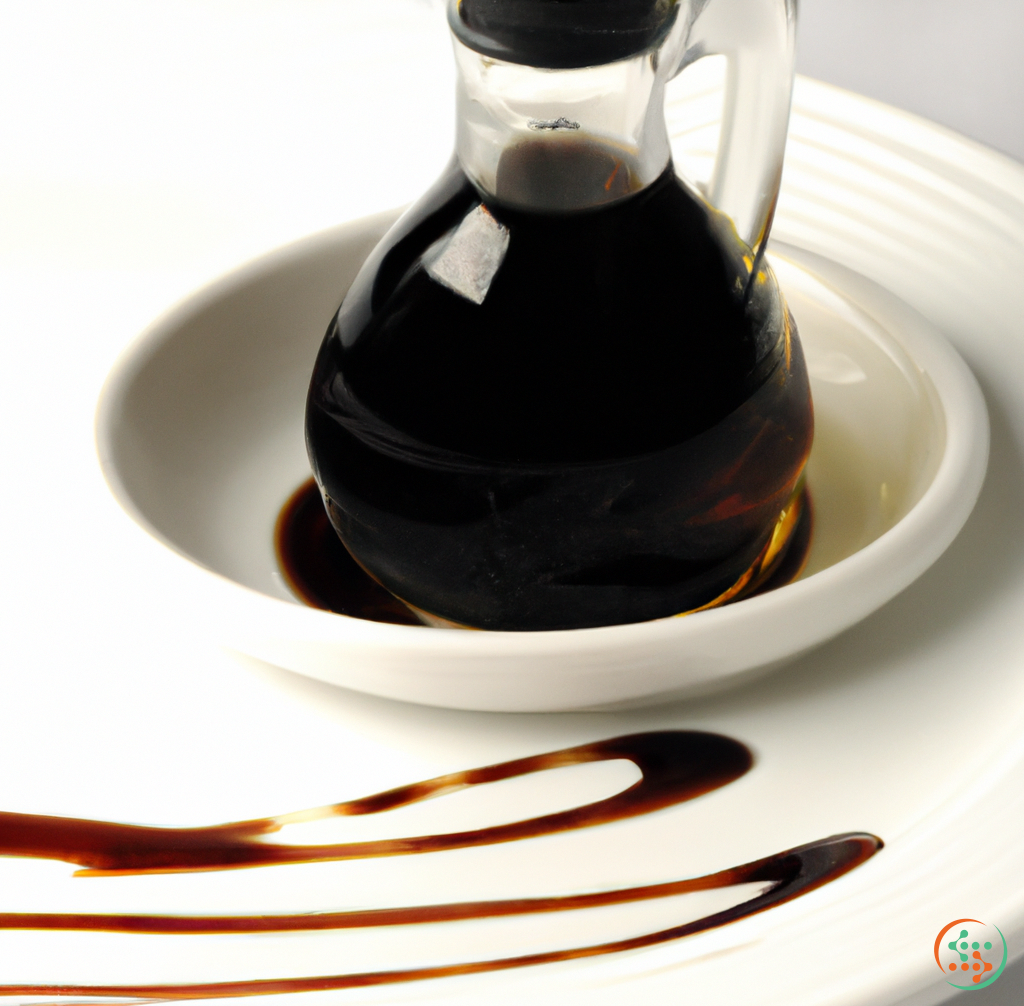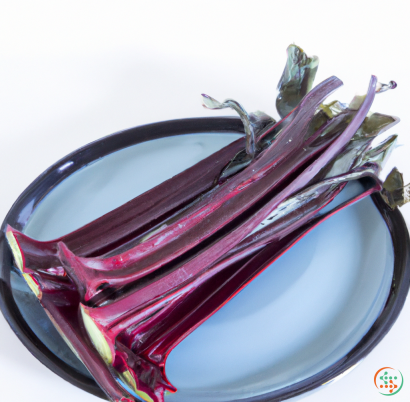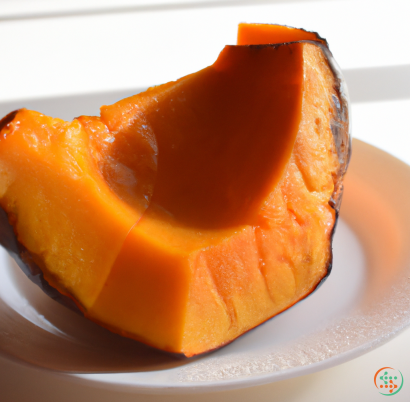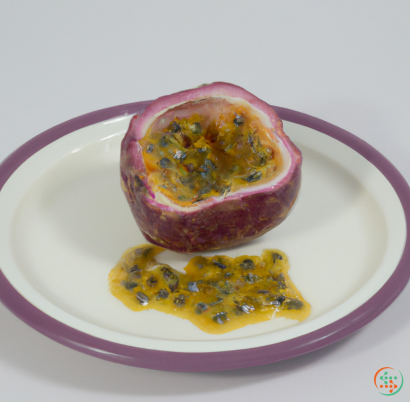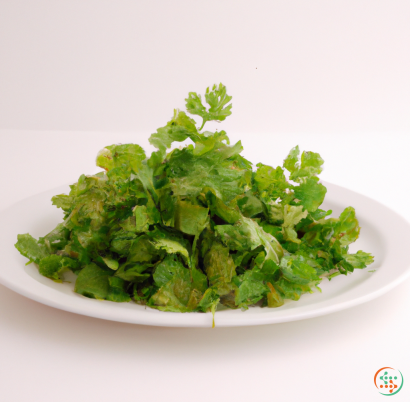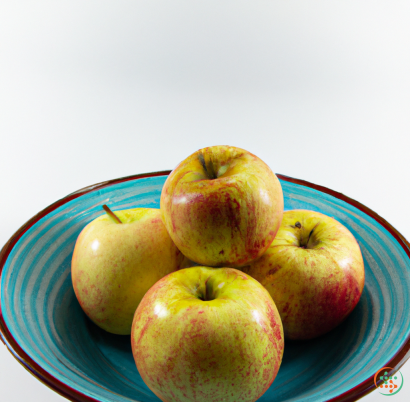Balsamic Vinegar
What Is Balsamic Vinegar? A Comprehensive Guide
Have you ever encountered balsamic vinegar in the supermarket or on the menu at your favorite Italian restaurant? If so, you may have heard it described as “aged” or “artisanal.” But what, exactly, makes balsamic vinegar so special?
In this guide, we’ll cover everything you need to know about balsamic vinegar—its history, production methods, flavor profile, and more. You’ll also learn how to use it in your cooking. Let’s dive in.
What Is Balsamic Vinegar?
Balsamic vinegar is a dark, syrupy condiment made from reduced grape must. Over the centuries, balsamic vinegar has become famous for its complex, tangy flavor enhanced by notes of sweetness and acidity. It's beloved by chefs and home cooks alike for its power to add nuance and depth to dishes.
History of Balsamic Vinegar
Balsamic vinegar has been produced in the Emilia-Romagna region of Italy since the Middle Ages. Although its exact origins are unclear, records suggest that the first vinegars dated back to the 11th century.
The earliest versions of balsamic vinegar were made from unfermented grape juice, or “must,” which was then boiled down and aged for anywhere between one and 25 years in wooden barrels. As the vinegar aged, it developed its deep, complex flavor.
Traditional Balsamic Vinegar
Today, most balsamic vinegar comes from the Modena region of Italy. Here, authentic balsamic vinegar is still made in the traditional way, which includes:
• Selecting and harvesting grapes: Traditionally, balsamic vinegar begins with a blend of grape varieties grown in Modena, including Lambrusco, Trebbiano, Ancellotta, and Spergola.
• Boiling down grape must: The freshly harvested grapes are crushed, sometimes with a pestle. The must is then boiled down to reduce its water content.
• Aging in wooden barrels: The reduced must is left to age in wooden barrels made from chestnut, cherry, oak, mulberry, and juniper. These barrels are called "batterie," and each one brings its own unique flavor to the vinegar. Smaller barrels contain younger batches, while larger barrels hold older balsamic vinegars.
• Blending and bottling: To make traditional balsamic vinegar, batches from different barrels are combined and left to rest. Finally, the balsamic vinegar can be bottled and sent to shops across the world.
When it's done right, the process of making balsamic vinegar takes up to 25 years! However, some producers have found ways to speed up the process. Nowadays, it’s common to find 12-year-old balsamic vinegars in the supermarket.
Flavor Profile
Balsamic vinegar has an intense, complex flavor that balances tangy, acidic notes with sweet, mellow elements. It's thicker than other vinegars so it coats food nicely and adds an umami-rich punch.
Traditional balsamic vinegar is darker in color and has a thicker consistency than aged balsamic vinegar. Its flavor is incredibly concentrated, as it's made from reduced grape must without the use of any additives. As a result, it tends to be sweeter, more complex, and more viscous than aged balsamic vinegar.
Aged balsamic vinegar undergoes a shorter aging process—usually six years or less—and is made with diluted grape must and caramelized sugar or other sweetening agents. As such, it has a milder flavor than traditional balsamic vinegar and a thinner consistency.
How to Use Balsamic Vinegar
If you stock your pantry with balsamic vinegar, you may be wondering how you can use it in your cooking. Here are some ideas:
• Drizzle a small amount over sliced fruits and vegetables for a fruity, tangy contrast.
• Reduce balsamic vinegar to make a complex glaze for proteins such as pork, chicken, and fish.
• Make a zesty dressing for salads with olive oil, balsamic vinegar, and garlic.
• Balance the bitterness of cooked greens such as kale and collard greens with a generous splash of balsamic vinegar.
How to Store Balsamic Vinegar
Balsamic vinegar should be stored at room temperature away from direct sunlight. Given its high acidity, it won't spoil easily, so it's fine to store at room temperature for several months.
It’s also worth noting that balsamic vinegar will thicken when chilled, so it's best to take it out of the refrigerator an hour or two before you plan to use it, as this will help restore its syrupy texture.
Takeaway
Balsamic vinegar is a complex, tangy condiment made from reduced grape must. While it's traditionally made in the Emilia-Romagna region of Italy, there are now producers around the world. Authentic balsamic vinegar can take up to 25 years to make, whereas aged balsamic vinegar usually matures for six years or less. Both versions can be used in cooking and in dressings, but traditional balsamic vinegar may be too intense for some dishes.
Now that you know more about balsamic vinegar, why not search for recipes that make use of it? With a few simple ingredients and a generous splash of balsamic vinegar, you can easily upgrade your dishes into something truly special.
What’s in a Bottle of Balsamic Vinegar?
Have you ever wondered what goes into making the classic flavor of balsamic vinegar? Many of us have grown used to seeing it in our pantries, granulating over salads and used as a finishing touch to more sophisticated dishes. But what truly makes balsamic vinegar so special? What lies in the bottle you so often keep in your kitchen? This blog post sheds light on this classic condiment, taking a deep dive into the unique production process of balsamic vinegar and uncovering its journey from vineyard to dinner plate.
What is Balsamic Vinegar?
To answer this question, it helps to understand the term “balsamic.” The word has its roots in the Latin for ‘balsam,’ or ‘balm,’ which is defined as a fragrant ointment. Over time, this has come to mean a thick, sweet and sour syrup-like condiment, often with a thin texture, that often accompanies salads. More formally, the definition of balsamic vinegar (which is the traditional product we’ll be exploring here) is a type of vinegar made from grape must, aged and acetified through a slow fermentation and slight oxidation process.
Grape Must Basics
To learn more about the process of producing balsamic vinegar, let’s begin by looking at the essential ingredient: grape must. To make balsamic vinegar, producers will first harvest locally grown plump, ripe, dark grapes. Generally speaking, grapes contain about 70 percent water, the leftover 30 percent a mix of pulp and seeds. This pulp—referred to as ‘must’—is then collected in large barrels and heated, killing off any bacteria and allowing for juices to be extracted from the fruit.
Acetification: The Birth of Balsamic Vinegar
The next stage of production is known as acetification, whereby the grape must undergoes a long, slow sleeping period in oak barrels. Acetification works by the introduction of acetobacter, a culture that naturally lives on fruit skins, which then oxidizes in the open, oxygen-rich environment. This process allows for the transformation into a vibrant, flavorful vinegar with a unique, powerful aroma. And it’s during this slow, natural age-long oxidation process and limited acidity that distinguishes balsamic vinegar from other vinegars.
The Aging of Balsamic Vinegar: The Barrels Tell the Story
Due to this acetification process, the barrels used to store the balsamic vinegar are incredibly important. Historically, smaller barrels made of different woods, such as cherrywood, chestnut, juniper, and ash have been used in the balsamic vinegar aging process. Each species of wood brings something interesting to the vinegar including its own perfumes, texture, and color, ultimately enhancing its flavor and aromas. The barrels are stored in attics or cellars, where producers will tend to them, often feeding, cleaning and rearranging the oak barrels until they reach maturity.
A Complicated Submission Process
When the aging process is complete, the balsamic vinegar undergoes a more specific and rigorous submission process, run by a consortium of Commune di Modena. This simply means that the balsamic vinegar must meet specific regulations and standards set by the consortium in order to legally call itself ‘balsamic vinegar of Modena’ or ‘balsamic vinegar of Reggio Emilia.’
During tasting, experts check for overall flavor and aroma; color, texture, and the aftertaste of the vinegar, to determine if it meets the standards of a high quality balsamic vinegar. The choices are then classified into a number of categories, from most basic to high-grade traditional balsamic vinegar. If the vinegar passes all these assessments, it will receive a certification to mark it as an official true balsamic vinegar.
Taste, Texture and Color
At this point, you may be wondering how to recognize a high-grade balsamic vinegar and truly know what separates it from the more basic store-bought version. Well there are a few simple qualities to be mindful of. First and foremost, is how it looks and how it tastes. High-grade balsamic vinegar should look dark brown, nearly black in color and should taste relatively thick and complex, with a slight sweetness.
You may also notice that some balsamic vinegars could have a slight fizz—this means that the acetobacter still remains in the liquid and continues to work on the sugars, giving it that bubbly texture. You also want to make sure to store your bottled balsamic vinegar properly—away from heat and light—or else you’ll risk damaging its flavor.
The Journey from Palace to Plate
Balsamic vinegar is slowly but surely finding its way onto typical dinner plates, both in home kitchens and expertly crafted gourmet recipes across the world. And the proof really is in the process. Balsamic vinegar’s unique flavor comes from the fertile lands of the Italian region, and the attentive care taken by producers in order to age, ferment, and blend the vinegar. It should be appreciated as a labor of love.
The classic condiment also serves as a reminder of the rich impact Italian food has had on global cuisine. Balsamic vinegar has its own fascinating history, with archaeological finds linking balsamic vinegars to medieval citadels, where nobles enjoyed—and still enjoy—indulging in the unique delicacy.
In conclusion, sit back and enjoy the splendor that is balsamic vinegar, served on a dinner plate in all its glorious complexity. Enjoy the subtle, sweet and sour flavors, knowing that you truly have a wonderous condiment at your fingertips, with quality and taste that are a result of a long, fascinating journey from vineyard to dinner plate.
| Calcium | 0.027 grams |
Daily Value 1.3 g
|
| Iron | 0.72 mg |
Daily Value 0.018 g
|
| Magnesium | 0.012 grams |
Daily Value 0.4 g
|
| Phosphorus | 0.019 grams |
Daily Value 1.25 g
|
| Potassium | 0.112 grams |
Daily Value 4.7 g
|
| Sodium | 0.023 grams |
Daily Value 2.3 g
|
| Zinc | 0.08 mg |
Daily Value 0.011 g
|
| Copper | 0.03 mg |
Daily Value 0.9 mg
|
| Manganese | 0.13 mg |
Daily Value 0.0023 g
|
| Glucose | 7.57 grams |
|
| Fructose | 7.38 grams |
|
| Total Sugars | 15 grams |
per 100g
|
